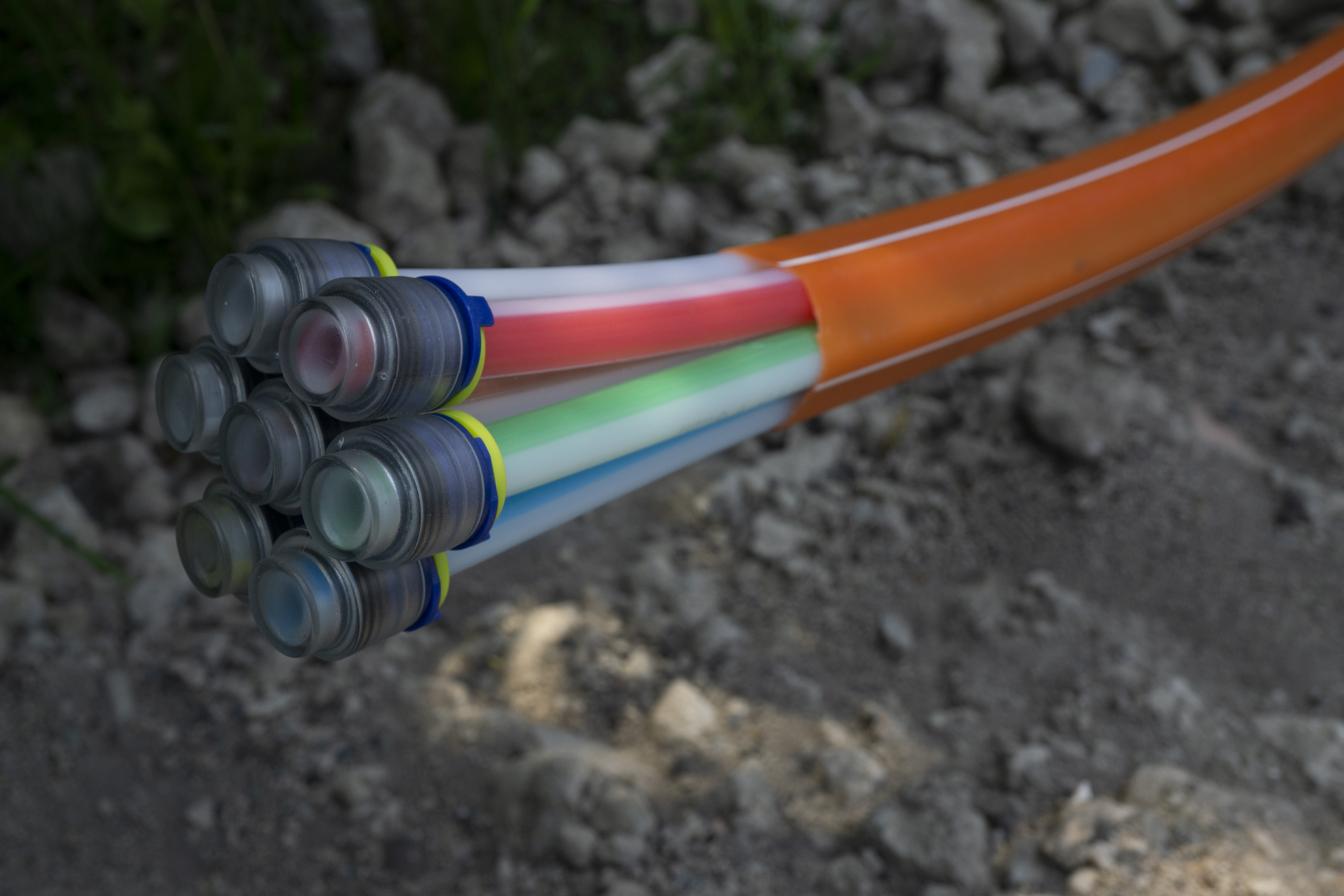
Driving Efficiencies in Your Construction Management Operations - From As-Designed to As-Built Faster
Deliver Projects with Greater Speed and Precision from Initial Design to Final Build
In the world of construction, the journey from concept to completion is fraught with complexities. The transition from as-designed to as-built — the process of moving a project from its initial plans to the final constructed state — can be challenging, with numerous potential inefficiencies that can slow down progress, increase costs, and impact project quality. However, construction companies are increasingly turning to modern construction management practices and software solutions to drive efficiencies, ensuring that projects move seamlessly from the design phase to completion faster and with fewer roadblocks.
In this blog, we’ll explore strategies for driving efficiencies in your construction management operations, focusing on how to bridge the gap between the as-designed and as-built stages more effectively.
1. Centralizing Project Information and Documentation
One of the most significant causes of inefficiencies during construction projects is poor management of documentation and project information. In many cases, different teams — from architects and engineers to contractors and subcontractors — work from separate sets of information, leading to discrepancies between the as-designed and as-built phases. These discrepancies can result in costly rework, delays, and communication breakdowns.
Solution: Centralized Document Management
To streamline the process from design to completion, it’s essential to centralize project documentation using construction management software. A centralized platform allows all stakeholders to access the same information, ensuring that everyone is working from the most up-to-date plans and specifications. This reduces the risk of errors caused by outdated documents and ensures that as-built progress accurately reflects the original designs.
Key benefits of centralized document management:
Improved collaboration: With all project stakeholders accessing a single source of truth, collaboration is more seamless, and any design changes are communicated instantly.
Reduced rework: Accurate documentation prevents costly mistakes during construction, ensuring that the project proceeds according to plan.
Version control: With centralized document storage, version control is automated, reducing confusion caused by different teams working from outdated plans.
By adopting a centralized document management system, your construction management operations will become more efficient, driving faster progress from as-designed to as-built.
2. Leveraging Real-Time Communication and Collaboration Tools
The construction industry often involves multiple teams working across different locations. Ensuring that all teams are aligned, from the design office to the construction site, can be a significant challenge. Delays in communication, misunderstandings, or lack of visibility into real-time progress can lead to inefficiencies, resulting in extended project timelines and increased costs.
Solution: Real-Time Collaboration Tools
Modern construction management software solutions offer real-time communication and collaboration features that allow teams to stay connected, no matter where they are. These tools provide on-site workers with access to real-time updates on design changes, project timelines, and task assignments, enabling them to act quickly and avoid delays caused by outdated information.
Key features of real-time collaboration tools:
Instant messaging and alerts: Teams can communicate instantly through chat or mobile notifications, reducing delays in addressing urgent issues or questions.
Task management: Project managers can assign tasks in real-time, ensuring that all team members know their responsibilities and deadlines.
Mobile access: Workers on-site can access project data, documents, and communication tools from their mobile devices, ensuring they stay up to date without needing to return to the office.
Real-time communication and collaboration tools allow for faster decision-making, quicker issue resolution, and smoother project progression from as-designed to as-built.
3. Implementing Geographic Information System (GIS) Capabilities
One of the most powerful technologies for improving construction build-out efficiency is Geographic Information System (GIS) functionality. GIS allows for detailed mapping and spatial analysis, helping project teams better understand the geographic features of a site, such as terrain, utilities, and environmental conditions. With accurate mapping and data analysis, businesses can avoid costly errors, reduce rework, and optimize logistics, leading to more cost-effective project execution. This also allows for greater accuracy and collaboration between designers, engineers, and contractors.
Solution: GIS Integration in Construction Management Software
Construction management software that integrates with GIS provides significant advantages, including enhanced visualization of the project at every stage, from design to construction. With GIS, all project stakeholders can collaborate on the same model, ensuring that the as-built project stays true to the as-designed plans.
Key benefits of GIS:
Design accuracy: GIS allows for the detection of design conflicts before construction begins, preventing on-site issues that would otherwise lead to delays.
Enhanced visualization: Teams can visualize the project in real-time, improving understanding of the design and reducing misinterpretations that could lead to errors during construction.
Streamlined handover: GIS models can be updated throughout construction process, ensuring that the as-built model is accurate and up to date through project close-out and delivery.
GIS integration not only speeds up the transition from as-designed to as-built but also ensures that the final project meets the original design intent more accurately.
4. Improving Resource Allocation and Scheduling
Resource allocation is a critical factor in construction project efficiency. Delays in materials, labor shortages, or equipment availability can slow down construction progress and increase project costs. Poor resource planning can lead to idle time, mismanaged budgets, and extended timelines, pushing the as-built stage further into the future.
Solution: Advanced Resource Planning and Scheduling
Construction management software provides tools for resource allocation and scheduling, helping project managers better coordinate labor, materials, and equipment. By using these tools, construction managers can optimize resource usage, ensuring that the right resources are available at the right time to prevent delays.
Key benefits of resource planning tools:
Gantt charts and scheduling tools: Project managers can use Gantt charts to create detailed project schedules, tracking dependencies and deadlines to ensure that every aspect of the project stays on track.
Automated alerts for material orders: The software can automate material ordering and delivery schedules, reducing the risk of delays caused by late or missing materials.
Labor tracking: Construction management software allows for real-time labor tracking, helping to ensure that the right workers are on-site when needed and preventing costly downtime.
By improving resource allocation and scheduling, construction management software ensures that projects move smoothly from design to completion, minimizing delays and inefficiencies.
5. Real-Time Progress Tracking and Reporting
One of the most critical aspects of efficient construction management is the ability to track progress in real-time. Without accurate progress tracking, project managers may struggle to identify bottlenecks or areas that require additional attention. This lack of visibility can lead to delays, misaligned expectations, and increased costs as the project transitions from the as-designed to the as-built stage.
Solution: Real-Time Progress Tracking and Reporting Tools
Construction management software provides real-time progress tracking and reporting tools that give project managers a clear view of the project’s status at all times. These tools allow for the identification of potential delays before they become significant issues and enable faster decision-making to keep the project on schedule.
Key features of progress tracking tools:
Real-time dashboards: Project managers can access dashboards that display key performance indicators (KPIs) such as labor productivity, material usage, and task completion rates.
Automated reporting: The software generates automated reports on project progress, allowing stakeholders to stay informed and make data-driven decisions.
On-site data collection: Workers can input progress data directly from the field, providing real-time updates on task completion and reducing the need for manual reporting.
With real-time progress tracking and reporting tools, construction managers can ensure that projects move more quickly from as-designed to as-built, while also improving overall project transparency and accountability.
Conclusion
Driving efficiencies in your construction management operations requires a combination of technology, streamlined processes, and improved collaboration. By implementing construction management software with features such as centralized document management, real-time communication tools, GIS integration, resource planning, and progress tracking, you can significantly reduce the time it takes to move from as-designed to as-built.
Investing in the right tools and strategies will not only help your projects stay on schedule but also improve profitability, reduce rework, and enhance client satisfaction. By adopting a modern approach to construction management, your company can stay competitive in an increasingly complex and fast-paced industry.
Looking for the right solution to streamline your construction management operations? Vitruvi offers an integrated platform that helps you drive efficiencies from design to completion, ensuring your projects are delivered on time and on budget. Reach out today to learn more about how Vitruvi can help take your operations to the next level!
Similar Posts
Subscribe and stay up to date with the newest posts delivered right to your inbox!

